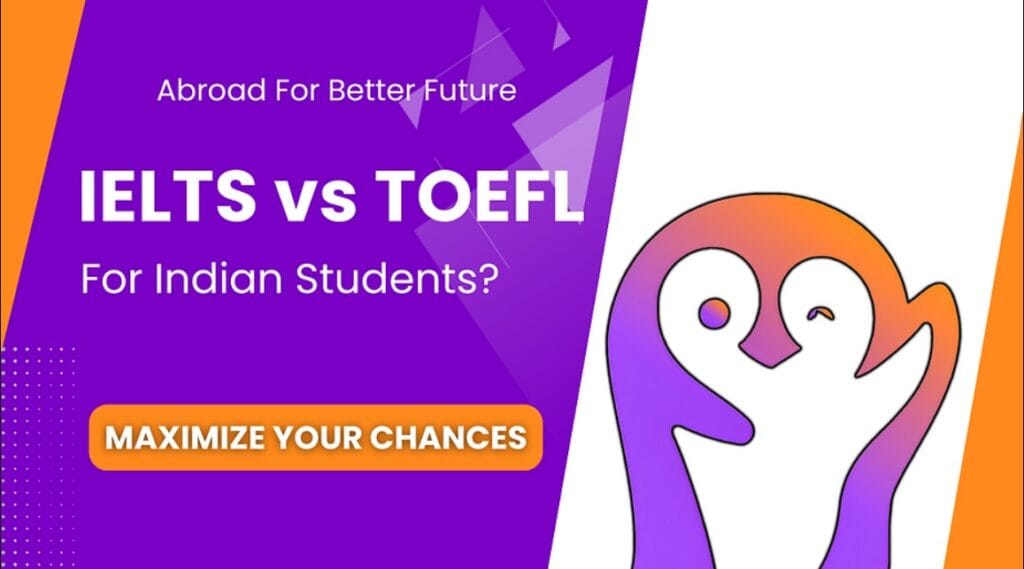Table of Contents for this study abroad blog
Despite the rising costs and geopolitical tension, the USA continues to hold its spot as one of the most attractive destinations for Indian undergraduates. The pull of top-tier universities like Harvard, MIT, Stanford, and UC Berkeley remains strong, with world-class research facilities, multicultural campuses, and globally recognized degrees.
In 2025, however, the question is less about whether the U.S. is great and more about whether it’s still viable given the shifting landscape. While thousands of Indian students still secure offers every year, there are rising challenges: stricter visa processes, higher scrutiny for financial documentation, and an ever-competitive admissions pool.
That said, the USA hasn’t shut its doors. Many universities are actively seeking international talent, offering need-based aid, merit scholarships, and even need-blind admissions (though limited). If you’re well-prepared, academically competitive, and strategic with your choices, the USA can still be a powerful pathway for your undergraduate journey.
Visa & Policy Challenges That Indian Students Face
The US student visa process has never been simple — but recent years have added a new layer of unpredictability. From longer wait times for F1 visa appointments to increasing visa rejection rates, many Indian applicants are feeling the heat in 2025.
Here are a few key challenges:
1. F1 Visa Delays
Post-COVID backlogs still impact consulate timelines. In high-demand cities like Mumbai, Delhi, and Hyderabad, students are often forced to book slots in different cities — or even countries — to meet deadlines.
2. Financial Documentation Scrutiny
Indian students must now present more thorough, verifiable financial records — including tax returns, bank statements, and clear sponsorship proofs — or risk rejection. “Show money” strategies from a decade ago? They won’t fly anymore.
3. Political Shifts & Immigration Uncertainty
With upcoming elections and shifting immigration narratives, the policy environment could change quickly. The future of H-1B visas and OPT extensions remains uncertain — especially for majors in non-STEM fields.
4. Drop in Visa Approval Rates
According to recent trends, the approval rate for first-time Indian F1 visa applicants has dropped slightly compared to pre-pandemic years, especially for community colleges or lesser-known universities.
While many of these issues are solvable, they add risk to an already competitive application cycle. This is why it’s crucial to have a backup country or two in place.
Useful Links:
US Visa Wait Times (check for your city): https://travel.state.gov/content/travel/en/us-visas/visa-information-resources/wait-times.html
F1 Visa Guide: https://educationusa.state.gov/your-5-steps-us-study/step-4-apply-your-student-visa
H-1B Visa Explained: https://www.uscis.gov/working-in-the-united-states/h-1b-specialty-occupations

Rising Costs — Is Studying in the USA Still Affordable?
It’s no secret — the cost of undergraduate education in the U.S. can be staggering. Tuition alone at top private universities often ranges from $50,000 to $80,000 per year, and when you add living expenses, books, insurance, and flights, the total yearly bill can cross ₹60–80 lakhs.
But here’s the good news: many Indian students still study in the U.S. without breaking the bank.
What’s Driving Up the Costs?
Inflation in the U.S. post-2020 has pushed up housing and food prices.
Health insurance costs have increased, especially for international students.
Weaker rupee has widened the currency exchange burden for Indian families.
How Indian Students Are Managing:
Merit Scholarships: Many universities offer partial or full scholarships for outstanding applicants. Think Emory, NYU Abu Dhabi (U.S. degree), and Amherst.
Need-Based Aid: A handful of schools (like Harvard, Princeton, and Yale) are known for generous need-based financial aid to even international applicants.
Education Loans: Both Indian (SBI, HDFC Credila) and U.S.-based lenders (MPower, Prodigy) offer no-cosigner education loans.
Cheaper Pathways: Starting at a community college and transferring to a top school later remains a financially efficient path.
Reality Check
Yes, it’s expensive — but not unaffordable. The key lies in early planning, strategic college selection, and knowing how to leverage aid opportunities.
The Backup Plan – Why You Absolutely Need One
Every serious applicant should dream big — but only the smart ones build strong backups.
In 2025, it’s no longer just about getting in. With financial aid getting tougher, visa unpredictability, and rising competition, you need Plan B, C, and maybe even D.
Why Backups Are Non-Negotiable:
US Admission ≠ Visa Guarantee
Even after an admit, a rejected F1 visa can derail everything. Backup countries ensure you still have a runway.Funding Isn’t Always Promised
Not every need-aware university offers generous aid to internationals. A safety net ensures you’re not stuck with unaffordable offers.Emotional & Practical Peace
Knowing you have solid alternatives takes pressure off — and can even improve performance during the application phase.
What Makes a Good Backup?
Countries like Canada, the UK, Germany, or Singapore with strong academic reputations and clearer visa pathways.
Universities where you’re above the average admitted profile (academic & extracurricular).
Places that offer reliable scholarships, even if not your dream brand.

Keep Your Options Open
There’s no shame in securing multiple admits. In fact, it’s a sign of a well-researched, mature applicant. Think of your backups as insurance policies for your future — comforting, necessary, and sometimes even life-changing.
Useful Resources and Tools
To effectively manage your budget and make informed financial decisions, using the right tools and resources is crucial. Here are some recommendations:
Budgeting Apps
- Mint: Helps you track spending, create budgets, and get reminders about bill payments.
- YNAB (You Need A Budget): Focuses on planning your expenses ahead of time.
- PocketGuard: Shows how much spendable money you have after accounting for bills and savings goals.
Exchange Rate Apps
- XE Currency: Provides live exchange rates and allows you to monitor currency fluctuations.
- OANDA: Offers currency converter tools and historical exchange rate data, which can be useful for planning.
Scholarship Websites
- Fastweb: A comprehensive database of scholarships for international students.
- ScholarshipPortal: Lists various scholarships, grants, and funding options for students worldwide.
Additional Tips
- University Resources: Many universities offer financial planning workshops and resources for students. Utilize these to gain better financial knowledge.
Student Support Services: Reach out to your university’s student support services for advice and assistance with budgeting.
Conclusion: Be Ambitious, but Be Smart
Dreaming of a U.S. college education is exciting — and entirely possible for Indian students. But 2025 is not the year to go in blindly. The rising costs, tighter visa rules, and unpredictable aid make it essential to strategize your applications with clarity.
By understanding your risks, diversifying your options, and planning backups in time, you turn uncertainty into advantage.
Because let’s be honest — the goal is not just to get in, but to affordably graduate and thrive.

FAQ Section:
Is the USA still worth it for Indian undergrad students in 2025?
Yes — if you’re applying smartly with scholarships, financial aid, and backups in mind. The U.S. still offers unmatched research, diversity, and post-grad opportunities — especially for STEM majors.
What are the safest backups for Indian students in 2025?
Canada, Germany, the UK, Singapore, and even select EU countries are great alternatives. These offer top-tier education, easier visa pathways, and increasingly generous scholarships for Indians.
Can I apply to both need-based and need-blind colleges?
Absolutely. Many students create mixed college lists that include both need-aware and need-blind schools. Just ensure your financial documents are in order.
How can I afford U.S. colleges without rich parents?
Focus on applying to schools that offer full-need aid to international students. Use lenders like MPower or Prodigy, and apply for external scholarships like the KC Mahindra or Inlaks.
What happens if my U.S. visa is denied?
If you have strong backups in place, you can proceed with a university in a different country. Some universities may even allow you to defer and reapply next year.
Abroad For Better Future is an amazing study abroad community for Indians.
We don’t ask MONEY for the information we provide. We aim to help other Indian students in fulfilling their study abroad dreams by providing the right info. If you are a prospective Indian student, you can join our cohorts (WhatsApp groups, it’s FREE) to get access to:
Fill up this form and we will let you know if you are abroad. And if you know anyone interested but confused about how to go abroad, kindly refer us. We would really appreciate your support.
In case you are in doubt about Can You Beat the High Cost of AP Exams?
Feel free to read this: Guide to Indian Government Scholarships for Studying Abroad After 12th Grade
Hope your study abroad dreams get fulfilled and you stay connected with family for Indian students
Get your personalized study plan today!
Book Free Session







